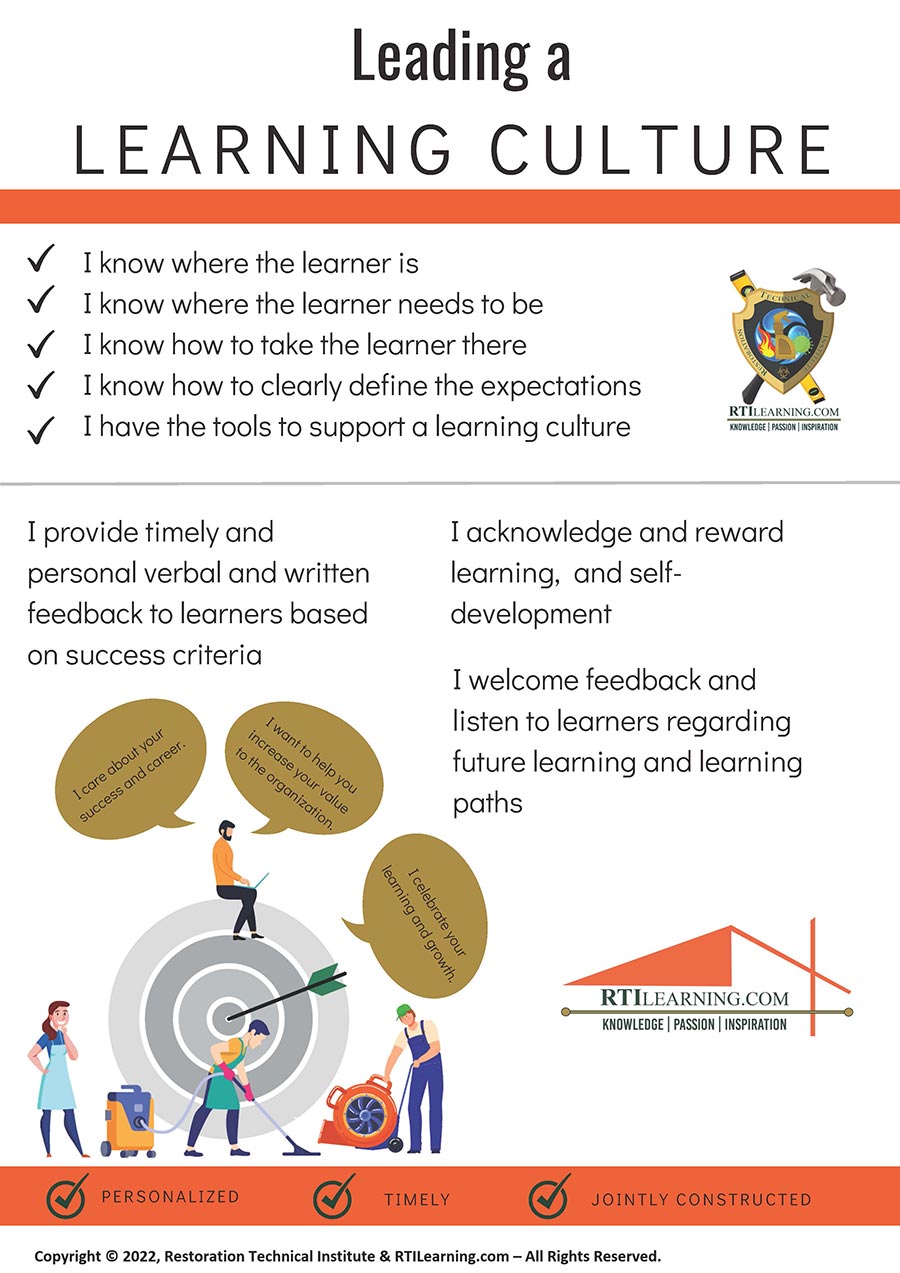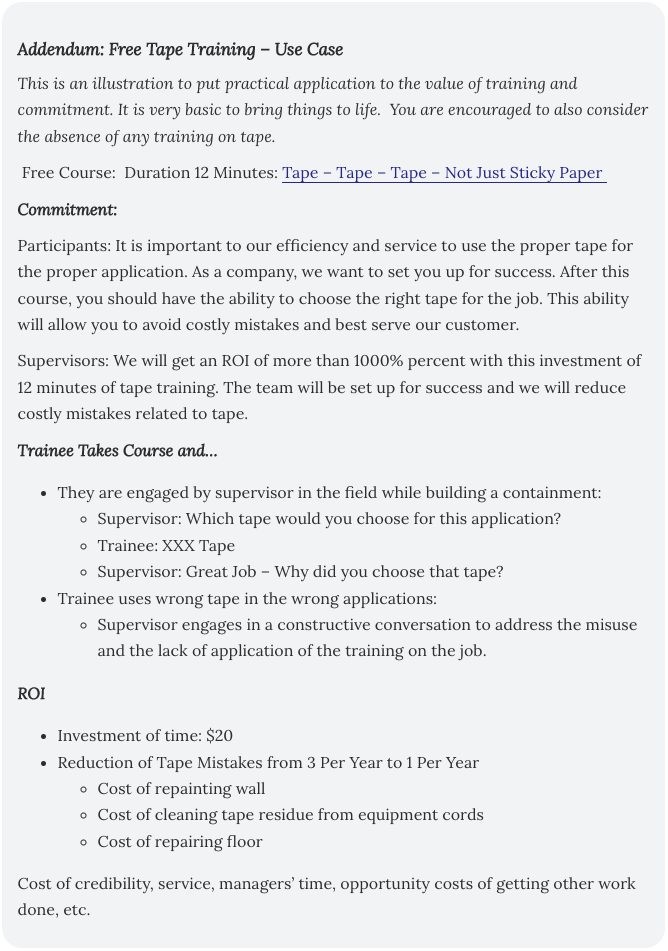14 IICRC CEC Elevate Your Leadership: What to Expect at the 2023 Owner’s and Manager’s Retreat! Get ready for an immersive two-day event that promises to supercharge your leadership skills, inspire success, and connect you with industry experts and peers. In this blog, we’ll walk you through all the details of this exciting event, from the agenda to the presenters and everything in between. Plus, we’ll show you how you can secure your spot and make the most out of your experience.
Event Details:
- Date: November 2-3, 2023
- Time: 8:00 AM – 5:00 PM (EST)
- Location: 1145 Commons Blvd, Reading, PA 19605
- Cost: $795 (Includes breakfast, lunch, and dinner)
Comradery, Collaboration, & Workshops
Objectives:
At the 2023 Owner’s & Manager’s Retreat, we’ve designed a dedicated space for you to strategically focus on your organization’s growth while allowing you to recharge and rejuvenate. Our event will address pressing issues faced by leaders in service-based industries and equip you with actionable insights to implement in your own organization.
Meet the Presenters:
Our event boasts a stellar lineup of accomplished subject matter experts, each ready to share their knowledge and passion for success:
- Lisa Lavender, COO- Restoration Technical Institute and iRestore
- Chuck Boutall, Director of Education- Restoration Technical Institute
- John Perella, Curriculum Manager- Restoration Technical Institute
- Scott Miller, President- The Growth League
- Craig Mengel, Partner- Herbein + Company Inc.
- Laurel Cline, Division CEO- Herbein + Company Inc.
- Mark Warner, National Sales Manager– The Bullen Companies
- Erik Berglund, Founder- Language of Leadership
Day 1 Agenda:
8:00 am – 5:00 pm (7 Hours)
Day one kicks off with an exploration of effective sales strategies, tools, and knowledge to diversify your referral sources and create a culture of strategic discipline. Discover the art of operational sales, designing functions, and best practices that build long-term relationships based on trust. Then, put your knowledge to the test with a collaborative brainstorming session. Gain insights into company financials, including balance sheets, profit and loss, and cash flows. Understand how these numbers drive decisions and explore the concept of EBITDA. Wrap up day one with a panel discussion on financials and accounting, where our experts share their insights and answer your burning questions.
- Unlocking the Referral Goldmine: Strategic Sales Tactics for Restoration Business– Presented by Scott Miller, The Growth League
- Operational Sales with Facility Tour– Presented by Lisa Lavender, Restoration Technical Institute, and iRestore
- Sales Collaborative Group Activity: Brainstorm and Develop Strategy
- Keys to Understanding Your Financials– Presented by Craig Mengel, Herbein + Company, Inc.
- Financials and Accounting: Panel Style Discussion and Wrap Up- Panelists– Lisa Lavender, Scott Miller, Craig Mengel
Day 2 Agenda:
8:00 am – 5:00 pm (7 Hours)
Reflect on day one and prepare to implement the knowledge gained. Lisa Lavender will guide you through actionable takeaways and action items. Explore workforce trends, talent acquisition strategies, and ways to engage with the local workforce. Expand your reach beyond your immediate region. Delve into work loading, technology, and warehousing principles to enhance efficiency and streamline your operations. Learn how to unleash your leadership potential by changing the way you communicate and listen to your team. Regain time, improve accountability, and develop your people.
- What Are We Taking Back and Doing?- Facilitated by Lisa Lavender
- Expanding Your Talent Attraction Outreach- Presented by Laurel Cline, Herbein + Company
- Work Loading, Technology, Warehousing for Efficiency- Presented by Mark Warner, The Bullen Companies, with Chuck Boutall, Restoration Technical Institute, John Perella, Restoration Technical Institute, Lisa Lavender, Restoration Technical Institute
- Developing a Culture of Accountability, Unleash your Leadership Potential- Presented by Erik Berglund, Language of Leadership
In the words of Armstrong Williams, “Networking is an essential part of building wealth.” Throughout the event, you’ll have ample opportunities to network and collaborate with fellow industry leaders, further enriching your experience.
Don’t miss this chance to propel your company forward, foster team engagement, and hone critical operational facets. Secure your spot at the 2023 Owner’s & Manager’s Retreat today and get ready for a transformative experience in leadership and business success. We look forward to seeing you there!




 Restoring Success
Restoring Success








